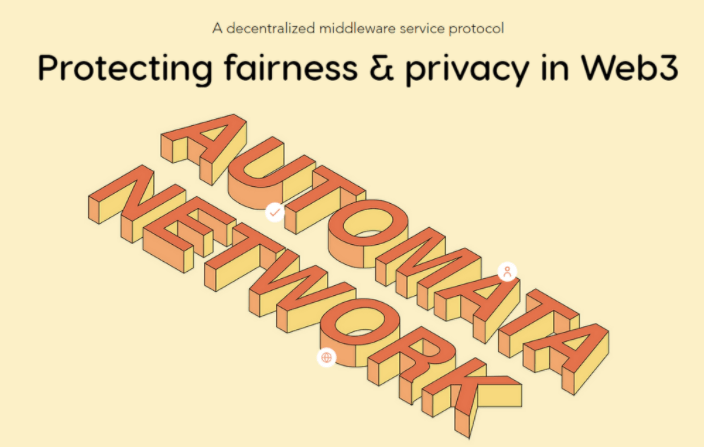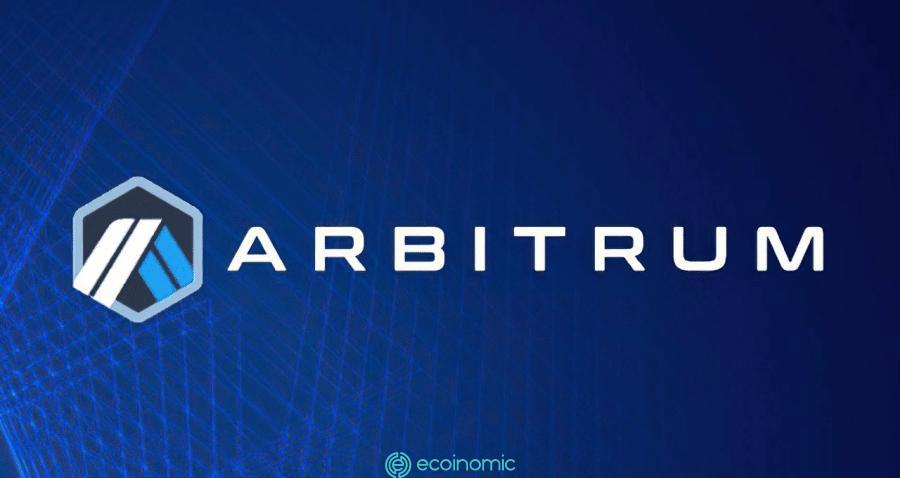Advertisement
On June 10, TBD, a subsidiary of Block, surprised many people when it announced the launch of the Web5 platform. There have been a lot of questions around this issue, what is Web5? Where is Web4? Web5 is different from Web3.
The transition from static Web to Collaborative Web
Initially, we had the so-called Web1, at which time it was only called the Web. On this platform, portals and online services have been opened. However, in these sites, users cannot interact again but can only use to read information.
It can be called an interactive web in one direction, users can only use the content available on the web. Therefore, Web1 is referred to by another name as the “Static Web”.
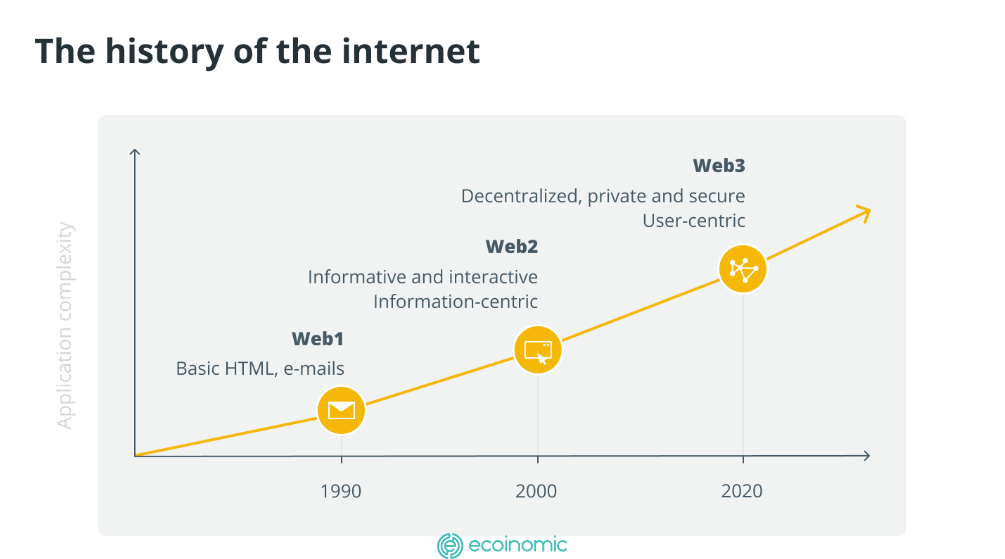
Growth With the growing development of technology, the Web has been developed and led to emerge. The most popular are social platforms, and apps like blogs, forums or podcasts. These platforms have created human-to-human interactions through the support of web platforms and apps. It allows users to interact back and forth under the available information.
On these new tools, users can communicate with each other. No longer a passive receiver of available information, users can now share or manage their own information and allow other users to interact. This is why Web2 is called the “Collaborative Web”.
When did Web3 appear?
Like other websites, it is difficult to determine an exact time when Web3 was born. It is a very difficult process to determine a specific date that begins to be set. It is widely believed that around 2006, ideas about Web3 began to appear but it was not until 2014 that the term Web3 was coined by Gavin Wood. This can be said to be the next step of the internet.
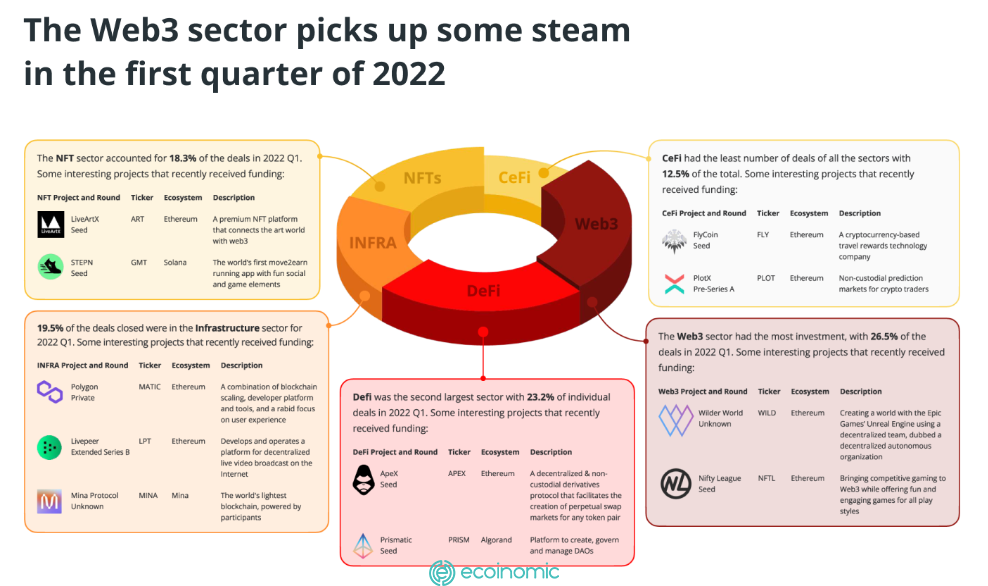
No one was the only one who created Web3 as it was conceived and developed on the cooperation of different individuals and organizations. Participants in the platform will pass on blockchain verification such as EOS, Ethereum and TRON.
An important note here is that the popular programming libraries used to write Ethereum code are all called web3.js.
The goal of Web3 is to solve the problems that Web2 encounters such as the collection of personal data of private networks and allowing capitalism to monitor. Web3 has an innovative focus on becoming a decentralized web, not controlled by any power and formed based on people’s consensus mechanisms.
Web3 promises decentralized networks will likely allow direct transfer of internet values or “money” between user accounts without having to go through any intermediary. However, this feature is only in the early stages and Web3 is only in the idea stage.
It is of concern that Web3’s current capital is dependent on venture capitalists so it will directly affect its innovation focus that is to provide decentralization for users.
Why not web4?
Web4 is also known as the “Mobile Web” – it has all the necessary infrastructure to help participants adapt to the mobile environment. It can connect all mobile devices in both real and virtual worlds in real time.
The platform will allow interaction in the user’s own voice with the robot. If in the past websites focused on user-to-internet interaction through a computer or phone, Web4 would allow users to distribute and use it in any location via mobile devices.
It is possible that in the fourth stage of the Web, there will be a change between the relationship between humans and robots, humans will have more access to robots and bring it to life.
See also: How To Buy NFT Metaverse Land On Binance
Web5 – Web of emotions
In 2009, at a lecture at TED Talks, Tim Berners-Lee made a comment about Web5 that this would be an open, connected and intelligent Web. He also referred to it as the Emotional Web.
Web5 forms right in practice with signs that can be seen, it is a network that binds the lips when we want to communicate with each other. It can be likened to a personal assistant of each person.
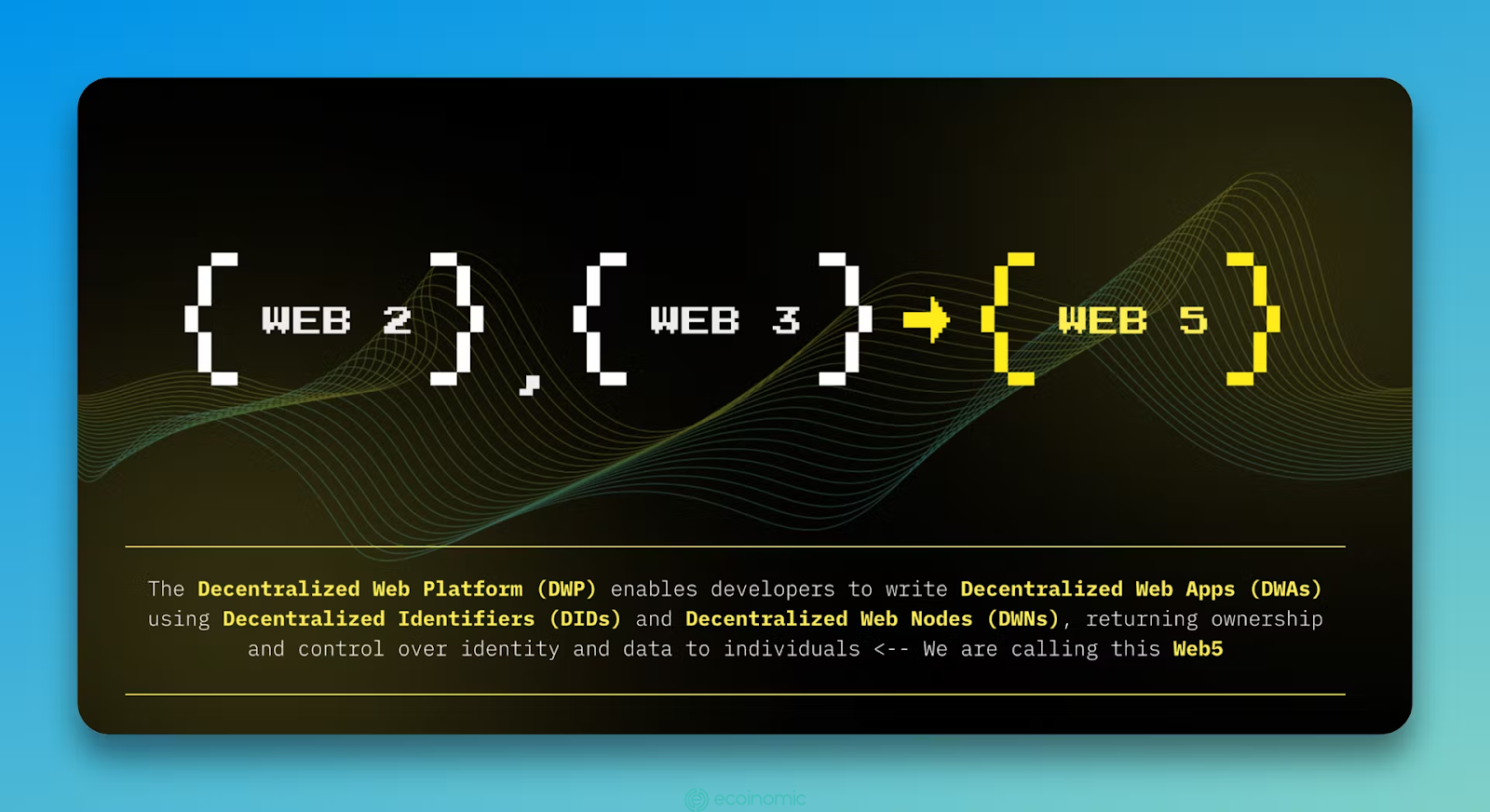
This web can run on the emotional interaction between humans and computers. This interaction will gradually become a daily habit of each person based on neurotechnology. An example can be seen is WeFeeIFine – the organization that charts users’ emotions through headphones.
Similarly, Web5 will have users interact with content similar to their emotions through changes in facial recognition.
Web5 by Jack Dorsey
On the morning of June 10, Dorsey said in a tweet that Web5 could be a contribution to the Internet. According to a TBD review of Web 5, the main problem with the Internet today is that it lacks the layer of identification, identity, and personal data that could become the property of a third party. And this is precisely why Web5 will focus so much on decentralization of identity, the data stored.
TBD has made a statement about creating a decentralized Web platform that can solve this problem. https://twitter.com/jack/status/1535314738078486533?s=20&t=BaJ_hQ96unJys9FO8YpAWQ
Conclusion
The more initiatives there are about focusing on a decentralized web, it’s good for users. But these initiatives need to bring together technical resources and commitment to make the decentralized web a reality.
See also: The easiest Coin Ex Registration Guide to understand

